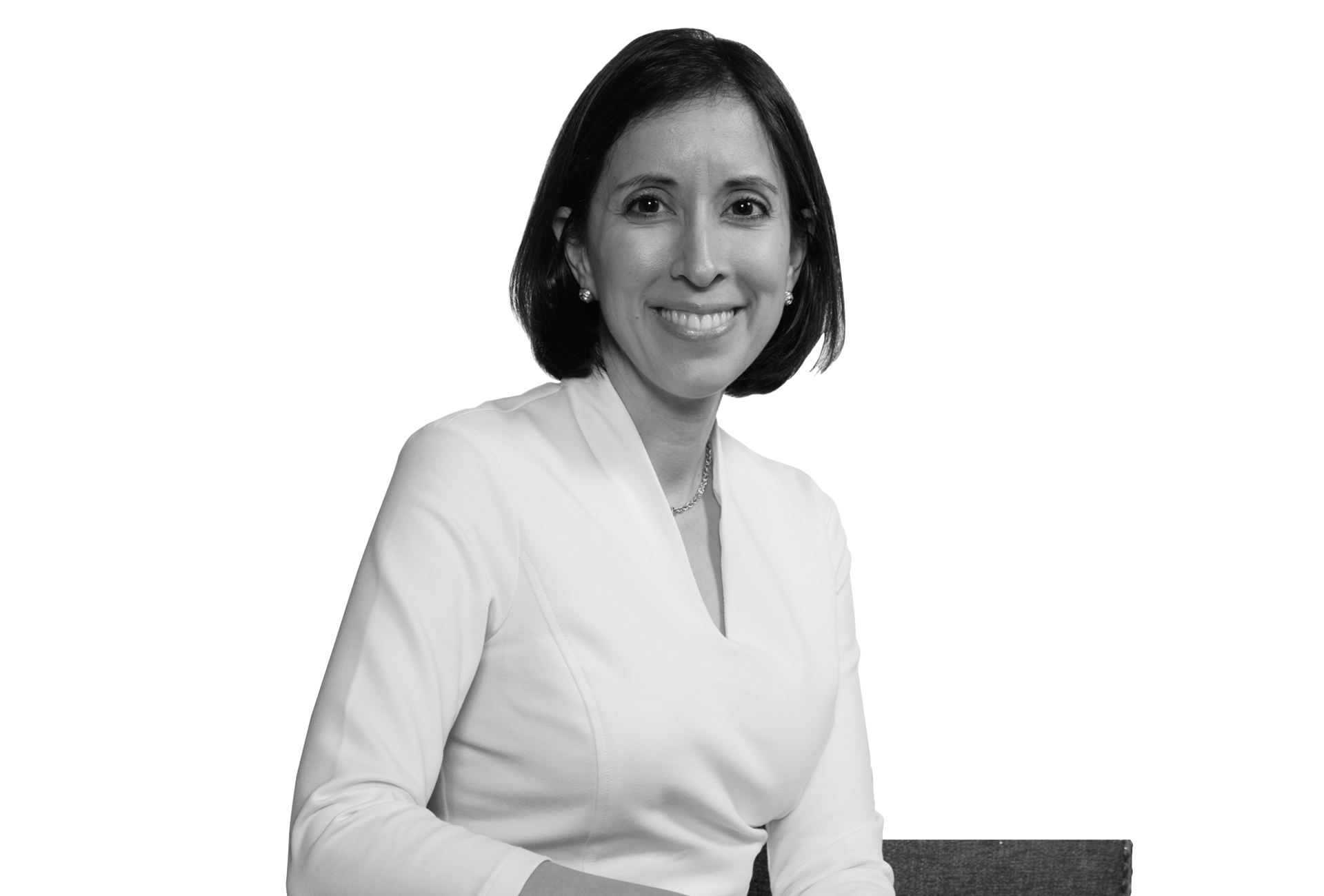The Pro Bene Meritis award is the highest honor bestowed by the College of Liberal Arts. Since 1984, the annual award has been given to alumni, faculty members and friends of the college who are committed to the liberal arts, have made outstanding contributions in professional or philanthropic pursuits or have participated in service related to the college. The following are interviews with the 2019 recipients.
Sara C. Bronin
Photography by Brian Birzer
Education: B.A Architecture and B.A. Plan II Honors, The University of Texas at Austin; M.Sc., University of Oxford (Rhodes scholar); J.D., Yale Law School (Truman scholar)
Hometown: Houston, Texas
Sara C. Bronin (formerly Galvan) is an architect, attorney and law professor at the University of Connecticut School of Law whose research focuses on property, land use, historic preservation and renewable energy. Bronin spearheaded the nationally recognized reform of Hartford’s zoning code and helps lead one of the country’s most active statewide preservation nonprofits.
When did you first become interested in property and land use issues?
For as long as I can remember, I knew that I wanted to understand how successful places were made. I grew up in Houston, an endlessly sprawling city with no zoning laws. Houston has iconic buildings and magnificent parks juxtaposed with highway cloverleafs and soulless strip malls. You could spend a lifetime unpacking Houston’s contradictions.
How can planning help create great cities?
Planning should aim to create great neighborhoods — because from great neighborhoods come great cities. Walkable, dense neighborhoods, which allow people to get around without relying on cars, offer the best quality of life. That said, many of our most beloved neighborhoods — think Jane Jacobs’ Greenwich Village — developed organically over time, without a lot of top-down planning.
Is it important for people to get involved in planning efforts?
It’s critical for people who live and work in the community to be involved in a planning process. In Hartford, where I serve as chair of the Planning and Zoning Commission, we have just kicked off our decennial citywide plan. Hartford is a very diverse city, demographically and economically. We have started to get input from a broad range of residents, business owners, commuters, advocates and other stakeholders. Diverse voices will strengthen our plan and ensure our goals are truly shared.
“People are willing to make radical change if they believe it will help achieve a broader goal.”
Sara C. Bronin
Are planning goals of historic preservation and affordability at odds?
Not really! It is usually less expensive to rehabilitate an existing building than to build a new one. Those cost savings get passed on to end users. Moreover, historic neighborhoods are often denser than neighborhoods built in the 1950s and beyond. Greater density usually means more types of places to live and work — like carriage houses for an office or a third-floor unit as an accessory dwelling.
You’ve written about the ability of zoning to address climate change. How so?
Zoning, as a regulatory tool, can address the root causes of climate change by ensuring that land redevelopment minimizes environmental harm. In Hartford, we’ve rewritten the zoning code to do this in a few ways. We’ve provided density bonuses for green roofs and renewable energy, and we’ve allowed urban agriculture citywide. We’ve required bicycle parking spaces, electric vehicle charging stations and native plants, and we have strict stormwater management provisions. We’re actually the first city in the country to eliminate minimum parking requirements citywide. It’s time to design our cities for people, not cars.
What have you been most surprised to learn during your work?
I’ve been most surprised to learn that people are willing to make radical change if they believe it will help achieve a broader goal. All of the zoning revisions I just described — even lifting the parking minimums — were unanimous and with full community support. People have more of a willingness to correct course than most policymakers realize.
What do you learn about your field when you travel?
Everything! When I was at UT, I benefited from travel grants from the Plan II Honors Program and the School of Architecture. I had never really traveled anywhere except Latin America, but UT grants enabled me to do research in Spain, South Korea, Russia, Italy, Bosnia and Turkey. On those travels, I realized how little I knew. At the same time, I realized that no matter where they live, people desire similar kinds of communities.
What architecture inspires you?
Buildings that respond to and affirmatively improve their environment inspire me — living buildings, buildings with net zero energy use, buildings that are embedded in the landscape in creative ways. I have loved seeing more stories about timber skyscrapers, vertical gardens and seawall publicscapes happening all over the world.
What do you most want to accomplish?
I have always wanted to preserve and enhance places people care about. I’ve been lucky to partly fulfill that desire already, and I hope to continue to positively impact more cities and broadly influence law and policy in the future.
